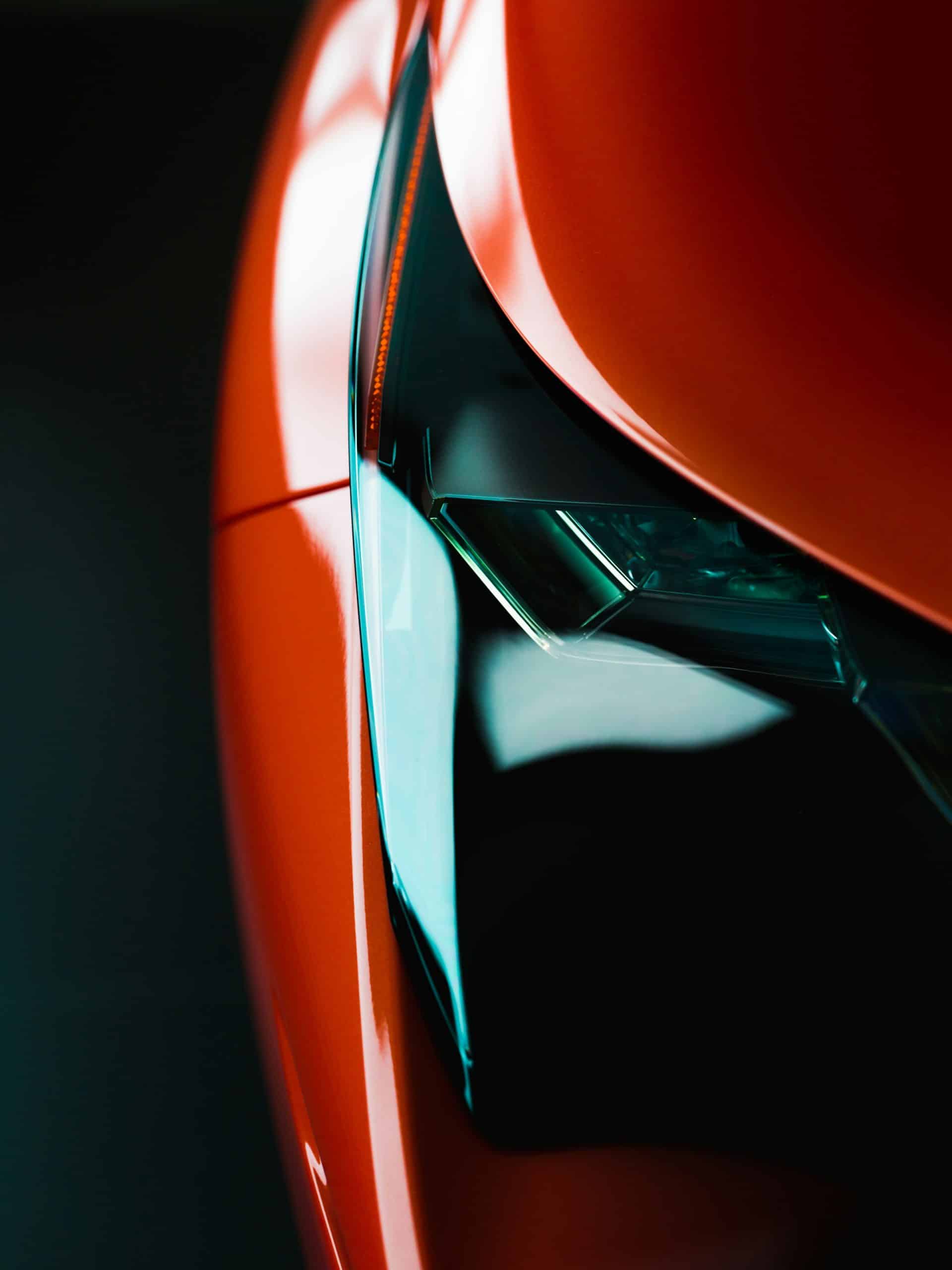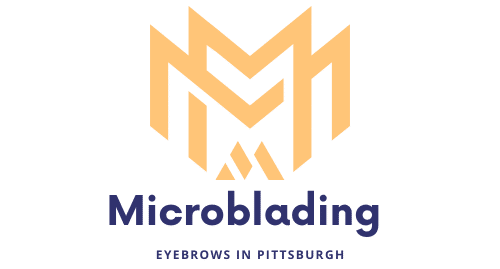What’s the Best Approach to Repairing a BMW i8’s Carbon Fiber Body Panels?

The BMW i8, a technological marvel and powerhouse of performance, is one of the most iconic vehicles produced by the German auto giant. The sculpted body of the i8 is made from Carbon Fiber Reinforced Plastic (CFRP), a lightweight yet strong material that significantly enhances the car’s performance and fuel efficiency. While CFRP offers numerous benefits, it presents unique challenges when it comes to repair, especially after a collision. This article aims to guide you through the best approach to repairing CFRP body panels on a BMW i8, offering expert insights and tips.
Understanding Carbon Fiber and Its use in BMW Vehicles
Carbon fiber is a game-changer in the automotive industry. Its low weight and unprecedented strength make it an ideal material for high-performance vehicles like the BMW i8. When compared to steel, carbon fiber is about 50% lighter yet three times stronger. It’s these attributes that make it a preferred choice for OEM (Original Equipment Manufacturer) parts, particularly in the i8 series. With this in mind, understanding the properties and characteristics of carbon fiber is crucial when undertaking a repair.
Cela peut vous intéresser : How to Replace the Timing Chain on a Vauxhall Corsa VXR for Improved Engine Longevity?
BMW was one of the first auto manufacturers to adopt the widespread use of CFRP, primarily because of its weight-saving nature and durability. However, CFRP is not immune to damage, especially in the event of a collision. When this occurs, the repair process is not as straightforward as with traditional steel parts.
Recognizing When CFRP Panels Need Repair
Before embarking on a repair, it’s essential to correctly identify if the CFRP panels on your BMW i8 need repair. Unlike steel, carbon fiber does not dent or deform easily. Instead, it cracks or fractures in the event of a collision. This can make it challenging to assess the extent of the damage accurately.
A voir aussi : What’s the Best Way to Tune the Suspension on a Mazda MX-5 Miata ND for Autocross?
The signs of CFRP damage can range from visible cracks and punctures to more subtle signs such as paint cracking or chipping. If you notice any of these signs, it’s a clear indication that your BMW i8’s carbon fiber body panels may need repair. At this point, it’s recommended to seek a professional evaluation to determine the full extent of the damage and the necessary repairs.
Getting a Quote and Choosing a Repair Location
Choosing the right location for your BMW i8’s carbon fiber repair can significantly influence the quality of the repair and the longevity of the vehicle. Given the specialized nature of CFRP, not all repair shops are equipped to handle such repairs.
When selecting a repair location, consider a facility that specializes in BMW repair or has specific training in handling CFRP. BMW has established a network of certified collision repair centers. These centers are equipped with the right tools and training to carry out CFRP repairs to BMW’s exacting standards.
As for the cost, remember that repairing a carbon fiber body panel is more expensive than traditional steel. As such, you should request a comprehensive quote detailing all the costs involved before proceeding with the repair.
Repairing CFRP Panels: What is Involved?
Marching into the repair process, you should appreciate that dealing with CFRP isn’t as straightforward as dealing with traditional body materials. The repair process is more complex due to the unique properties of carbon fiber.
When a carbon fiber panel is damaged, it often requires complete replacement, especially when the damage is extensive. However, for minor damage, a repair might be possible using a method called ‘scarfing’, where the damaged area is ground out and a repair patch is bonded to the panel.
Additionally, it’s worth noting that the roof panel of the BMW i8 is particularly challenging to repair due to its location and the mounting points for the butterfly doors. If your vehicle’s roof panel is damaged, you should anticipate a more complex and expensive repair process.
The Importance of OEM Parts in CFRP Repair
When it comes to replacing damaged CFRP panels, authentic BMW OEM parts are strongly recommended. Given the precision engineering involved in manufacturing a BMW i8, only OEM parts can guarantee a perfect fit and optimal performance.
Using non-OEM parts could compromise the structural integrity of your vehicle, leading to potential safety risks. Besides, using non-genuine parts could potentially void your BMW warranty. By insisting on OEM parts for your BMW i8’s carbon fiber panel repair, you can be confident that the replacement part will deliver the same strength, durability, and performance as the original.
As we’ve seen, repairing the CFRP body panels of a BMW i8 is a specialized task requiring professional skills and expertise. By following these guidelines, you can ensure that your vehicle gets the best possible care, restoring it to its original glory and performance.
The Role of Advanced Driver Assistance Systems (ADAS) in a Carbon Fiber Repair
Experiencing a collision that damages your BMW i8’s carbon fiber body panels can be stressful enough without having to worry about the repercussions for your vehicle’s Advanced Driver Assistance Systems (ADAS). Yet, these innovative systems, designed to enhance driver safety and vehicle performance, can be significantly impacted by panel repair or replacement.
ADAS refers to a variety of safety features equipped in modern vehicles like the BMW i8. These include automatic emergency braking, lane departure warning, adaptive cruise control, and many others. These can be especially sensitive to repairs, particularly when they involve the vehicle’s body panels.
When a carbon fiber panel is damaged, the sensors that the ADAS rely upon may also be affected. This can disrupt the operation of these systems, potentially endangering the driver and passengers. Therefore, any repair or replacement of carbon fiber panels should also consider the impact on the ADAS.
BMW certified collision repair centers understand the importance of these systems and are equipped to recalibrate them following a repair. They will ensure that not only is the carbon fiber body restored, but also that the vehicle’s safety systems are functioning as they should be. Considering this, choosing a certified repair center becomes even more crucial when dealing with ADAS concerns.
It is also worth noting that the use of BMW OEM parts during the repair process is especially important when it comes to ADAS. Non-OEM parts may not interact correctly with your BMW i8’s ADAS, potentially causing malfunctions and creating safety risks. Remember – always go for the OEM parts when it comes to your vehicle’s safety and performance.
Conclusion: Dealing with Carbon Fiber Repair in the BMW i8
Given the sophistication and complexity of the BMW i8’s carbon fiber body panels, it becomes clear that any repair or replacement process should be carried out with the utmost care and professionalism. This is not an area where shortcuts or compromises can be made without potentially serious repercussions.
It’s advisable to have any potential damage to your BMW i8’s carbon fiber panels evaluated by a professional, preferably at a BMW certified collision repair center. These centers have the required expertise, tools, and training to handle the unique challenges that carbon fiber presents. Moreover, they understand the importance of ADAS to your vehicle’s safety and performance and can ensure these systems are properly calibrated after a repair.
Always insist on BMW OEM parts during the repair process. These parts guarantee a perfect fit and performance, maintaining the structural integrity of your vehicle. Non-OEM parts, while potentially cheaper, can compromise your vehicle’s safety, perform sub-optimally, and may void your BMW warranty.
In short, repairing the carbon fiber panels of a BMW i8 is not a task to be taken lightly. It demands professional handling, specialized skills, and an unwavering commitment to quality. By following the guidelines and considerations discussed in this article, you can ensure your BMW i8 is restored to its original glory, performance, and safety.
